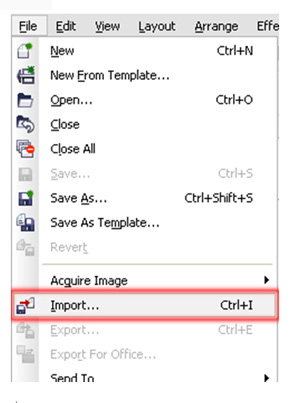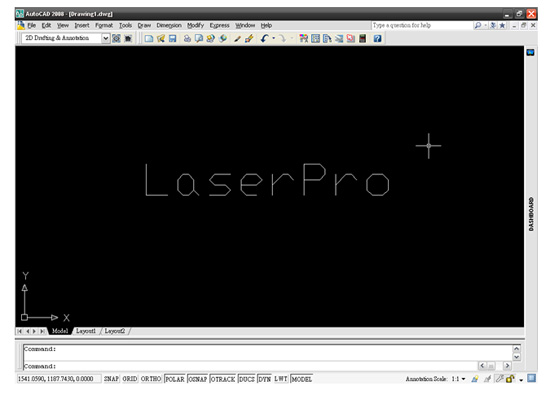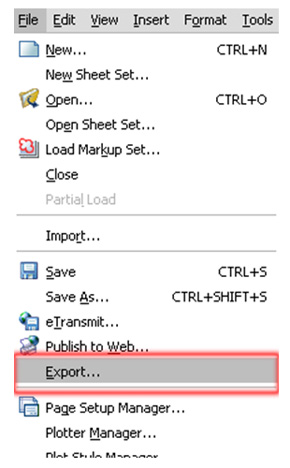GCC LaserPro S290LS – Single Line text offers versatility and creativity | GCC: Laser Machines Leader Since 1989
| Advantages of Single Line Text Marking | ||||||||||||||||||
| However, when you require fast marking of particularly small fonts, the built-in True Type fonts will no longer satisfy such requirement; and opportunely single line texts are ideal for these applications. | ||||||||||||||||||
| Please see below for the differences between general True Type fonts and Single Line texts. | ||||||||||||||||||
|
| ||||||||||||||||||
| ||||||||||||||||||
| Single line fonts use solitary lines, and when applied in applications, single line texts do not need to be filled in. This will shorten marking time, reduce volume of texts used, and minimize possible heat deformation. | ||||||||||||||||||
| By using the YVO4 laser, LaserPro S290 can directly mark on metals in general, often used to mark on small parts that require fast marking and smaller fonts. Therefore, single line text marking is the apparent choice. The new version of CorelDRAW X4 already offers built-in single line text functions for added simplicity. | ||||||||||||||||||
| If the software you are using does not include single line texts, then with simple techniques provided here by LaserPro Application sharing, and to further apply with LaserPro S290, you will be able to mark single line texts. We will also compare the application differences between True Type fonts and single line texts as well. | ||||||||||||||||||
| Firstly, we will share with you the methods of using single line texts. | ||||||||||||||||||
| You can browse from the internet to find True Type fonts (marking/engraving forms or singing forms), or use some single line texts from built-in software on hand, in our example, we will use Autocad to illustrate with examples. | ||||||||||||||||||
| ▼ Using Autocad, please begin with texts that you want to engrave | ||||||||||||||||||
|
| ||||||||||||||||||
| ▼Then Select Export | ||||||||||||||||||
|
| ||||||||||||||||||
| ▼Save your file as .WMF | ||||||||||||||||||
|
| ||||||||||||||||||
| ▼After file is saved, import file to CorelDRAW | ||||||||||||||||||
 | ||||||||||||||||||
| ▼Single line texts created | ||||||||||||||||||
 | ||||||||||||||||||
| Comparison of differences | ||||||||||||||||||
| Differences between single line texts and True Type fonts are evidently different. From the results given below, when marking on metals, True Type fonts are fuller and give vivid results with clarity; on the other hand, single line texts are thinner and gave less apparent results. | ||||||||||||||||||
 | ||||||||||||||||||
| ||||||||||||||||||
| 2.Comparison of smallest texts We will test and compare fonts between 1mm~0.2mm. When 0.4mm fonts are used, small differences arise as True Type fonts become blurred but the single line texts still engraved clear and distinguishable letters. | ||||||||||||||||||
 | ||||||||||||||||||
| ||||||||||||||||||
| When 0.2mm fonts were selected, neither text could give clear or distinguishable texts. True Type fonts were smudged, but the single line texts still roughly provided the text outline. | ||||||||||||||||||
 | ||||||||||||||||||
| ||||||||||||||||||
| 3.Comparison of marking time Since single line texts were composed from solitary lines, therefore no back and forth filling-in will be required during operation, hence it is more efficient. Here below we compared differences of the duration of operation time using equal font sizes. | ||||||||||||||||||
 | ||||||||||||||||||
| ||||||||||||||||||
| Options for selection: From the abovementioned introductive illustrations and examples, now you should be able to better distinguish between the two varied texts, each type has its own strengths and limitations. Therefore, operators can select the most appropriate and effective text type to match your applications requirements. | ||||||||||||||||||
| Here are some common applications for your future operation reference: | ||||||||||||||||||
| ||||||||||||||||||




